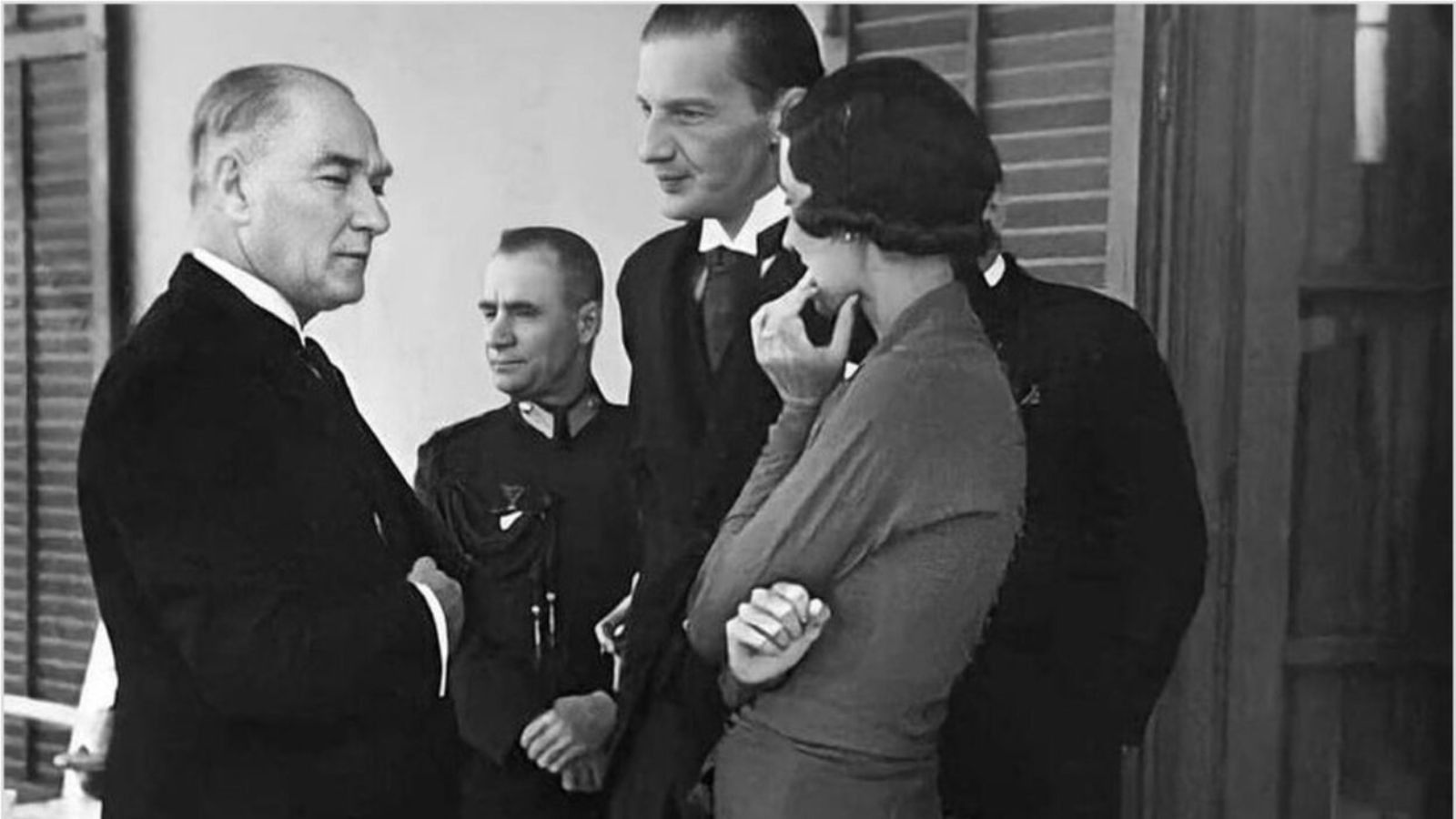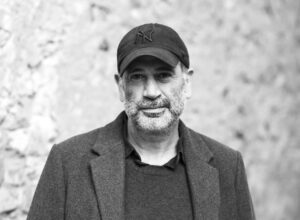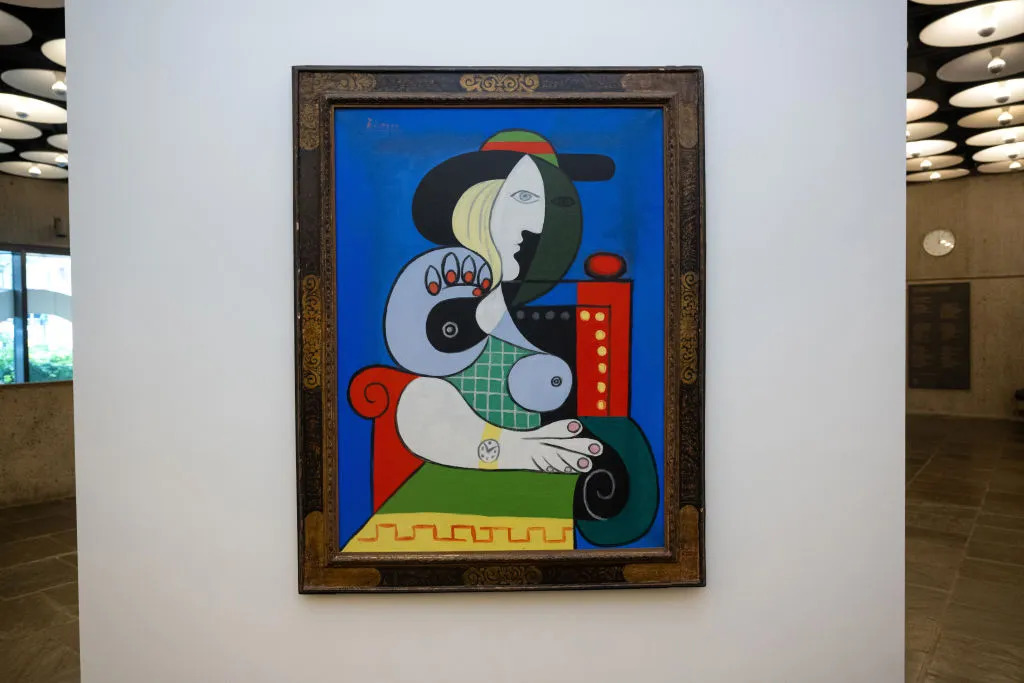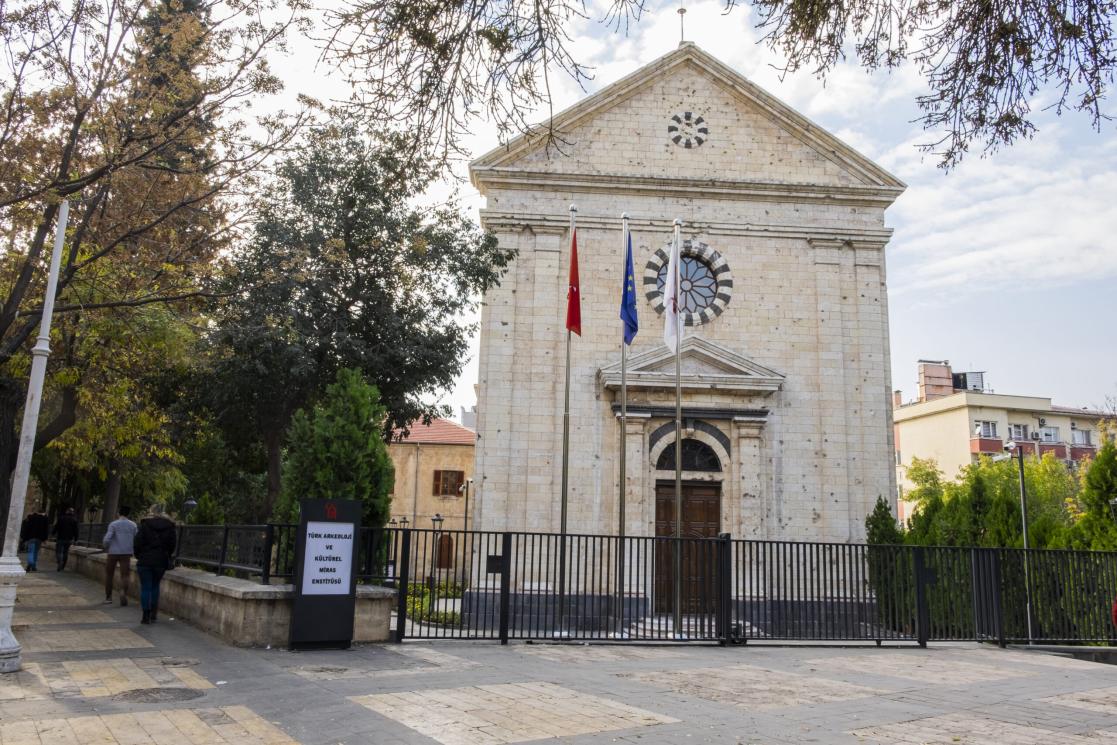During the Republic period, the main objective of Turkey’s culture and art policies was to elevate the country to the level of a developed nation by making Turkish culture universal in both cultural and technical aspects. Atatürk’s culture and art policies remained significant throughout the single-party era. In this regard, Atatürk formulated his policies as a comprehensive system and established a structural and institutional framework to maintain its integrity.
As we celebrate the Republic’s 100th anniversary this year, it’s worth examining the art and culture policies that Atatürk has carried on. Today’s Turkey owes its cultural and artistic growth to the century-long conversation and actions surrounding renewal and modernization.
Atatürk was fully aware of the importance of cultural and artistic policies. Asst. Assoc. Dr. Turkan Yiğit from Dokuz Eylül University explains that during his military term in Sofia between 1923 and 1938, Atatürk started formulating a cultural structure that lasted for a long time. His period in Sofia played a vital role in shaping his cultural strategies, where he accepted numerous invitations and discovered opera for the first time. All of these developments were intentional and part of Atatürk’s leadership vision. He emphasized the significance of the relationship between the state and art, aimed at creating a new culture and moving Turkey towards a new era. The ultimate goal was to encourage every individual to contribute to Turkey’s cultural development, and concrete steps were taken in every field. The cultural and artistic policies were divided into four main sections: painting, architecture, literature, and music.
During the early years of the Republic, a major effort was made to rebuild everything in order to develop and progress through industrialization. This was done with the aim of achieving enlightenment and independence. However, Atatürk was concerned that this development and enlightenment did not extend to rural areas. To address this issue, he built the entire cultural structure with a focus on education, which he believed was essential to reaching his goal.
At one point, Atatürk visited Sofia and attended a performance of Carmen Opera. He was amazed to see the level of training and skill possessed by the stage artists, musicians, and decorators who were all involved in the performance.
According to Türkan Yiğit, this is just the beginning. Atatürk recognized that the language revolution and literacy mobilization were not enough to develop the rural areas and spread culture to all segments of society. He believed that the Republic represented a form of enlightenment, and thus institutions were established to bring this enlightenment to rural areas. The community centers were a part of this initiative. According to Türkan Yiğit, this is just the beginning. Atatürk recognized that the language revolution and literacy mobilization were not enough to develop the rural areas and spread culture to all segments of society. He believed that the Republic represented a form of enlightenment, and thus institutions were established to bring this enlightenment to rural areas. The Community Centers, established during the beginning of the Republic years were a part of this initiative.
Another importance of community centers stands out in terms of theatre. Türkan Yiğit explains this issue as follows: “With the republic, art gaining importance was seen in many areas. For example, the most important issue; Afife Jale is the first female artist to appear on the theater stage in 1921. It was a revolutionary act for a woman, especially a Muslim woman, to appear on stage, and the year was 1921, but then in 1932, Community Centers occupied a very important place in terms of performing arts.” Because in Community Centers, teachers, and ordinary citizens performed on stage. In this context, we can see the importance of theater in the art policies of the Republic. Because theater appears as the most original way of expressing oneself on stage. The possibility of expressing oneself in the theater brings freedom of thought.
Education and art policies
Atatürk knew that progress could not be made by developing art alone, and therefore he added education to this field and established Teaching Schools, says Prof. Dr Fethiye Erbay, Head of the Department of Museology at Istanbul University.
“It was important that the cultural change in the social structure was shaped with state support in institutional structuring and that’s why Atatürk added the educational structure of the Teachers’ Schools. “Atatürk was aware of the importance of teachers’ power. For him, knowing several branches of art and spreading these branches to all areas of society were vital for the teachers that reside in the rural areas of Turkey,” says Erbay. These schools have also been effective in helping teachers provide a science- and art-based education system. According to Erbay, Atatürk did not ignore the difference that teachers could make in rural areas.
Another striking example from the early Republican art and cultural policies was the painters who traveled around the country. During this period, artistic progress was based on the development of the rural area.
Erbay also states that Atatürk took important steps in establishing bank collections: “During his time the banks were obliged to create an art collection. İşbankası and Ottoman Bank collections are among these collections and we are still viewing these in museums.’’
Museums during Republic years
While Community Centers were being established, developments were also seen in museums. In 1944, the “General Directorate of Antiquities and Museums” was established. At this time, the number of museums has risen to 40. The names and founding years of some of them are as follows: Adana (1924), Afyon (l921), Ankara Archeology Museum (1923), Ankara Ethnography Museum (1924), Antalya (1924), Hagia Sophia (1934), Bergama (1924), Bursa (1923). , Diyarbakır (1934), Edirne Antique and Ethnography Museums (1924).
Atatürk especially emphasized the importance of archaeology and ethnography museums. He expressed that a nation should have museums that highlight its history, especially by supporting archaeological excavations. He underlined the need for these excavations to continue. An ethnography museum was established in the madrasah located opposite the Suleymaniye Mosque in Istanbul, adjacent to the library. The museum was organized by Hungarian ethnographer Mészaros Gyùla, said Erbay noting that the Ethnography Museum, which opened its doors to the public in 1930 started to shed light on the material and spiritual cultural heritage of the Turks. This museum is of great significance for this period in terms of culture and art policies. Even today, we can observe the impact of this period and the value of museums as historical sites.
On the other hand, Istanbul Painting and Sculpture Museum (IRHM), Turkey’s first plastic arts museum, was established on 18 July 1937 in the Crown Office of Dolmabahçe Palace and was opened by Atatürk on 20 September 1937. The management of İRHM was affiliated with the Academy of Fine Arts (now Mimar Sinan Fine Arts University), and painter Halil Dikmen, one of the Academy professors, was appointed as its director. The first exhibition of the museum was organized with paintings selected from the Elvâh-ı Nakşiye Collection of Sanayi-i Nefise Mektebi, Dolmabahçe Palace, Topkapı Palace Museum, and the “Half-Century of Turkish Painting” exhibition, as well as works taken from various government offices.
The period was marked by major developments within a system, rather than a single structure or organization. These developments can still be observed today, on the 100th anniversary of the Republic.











